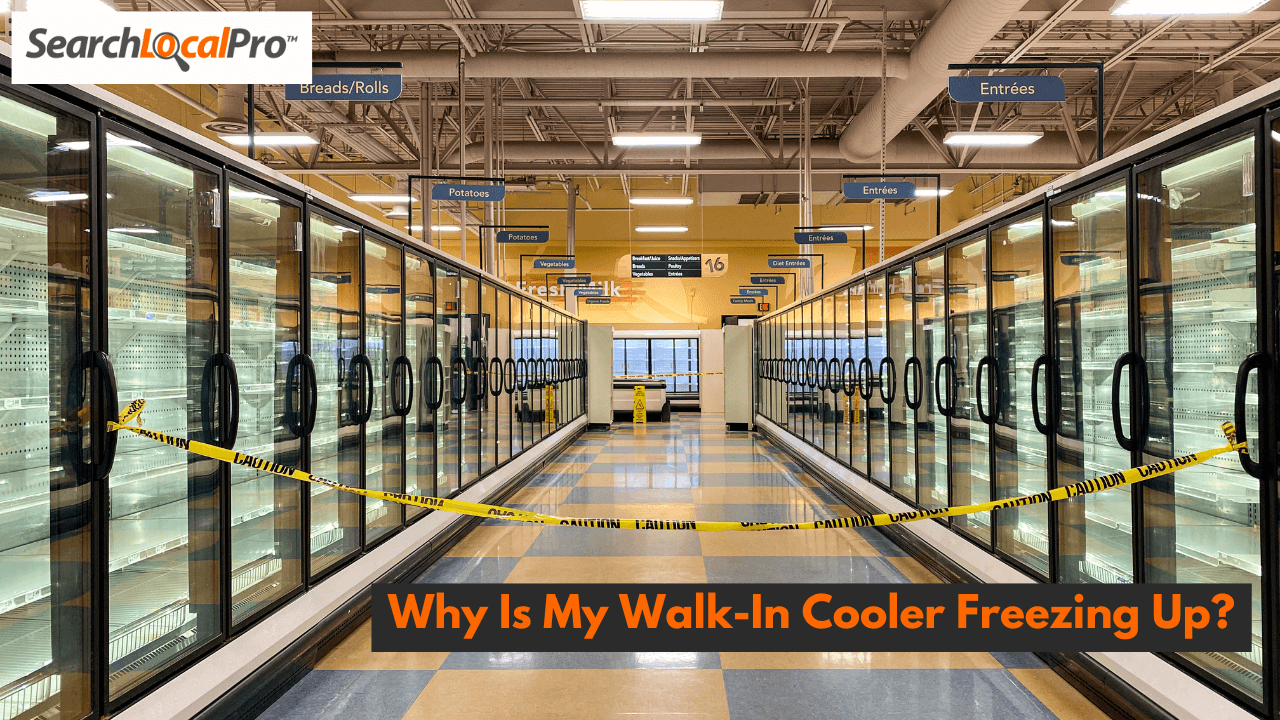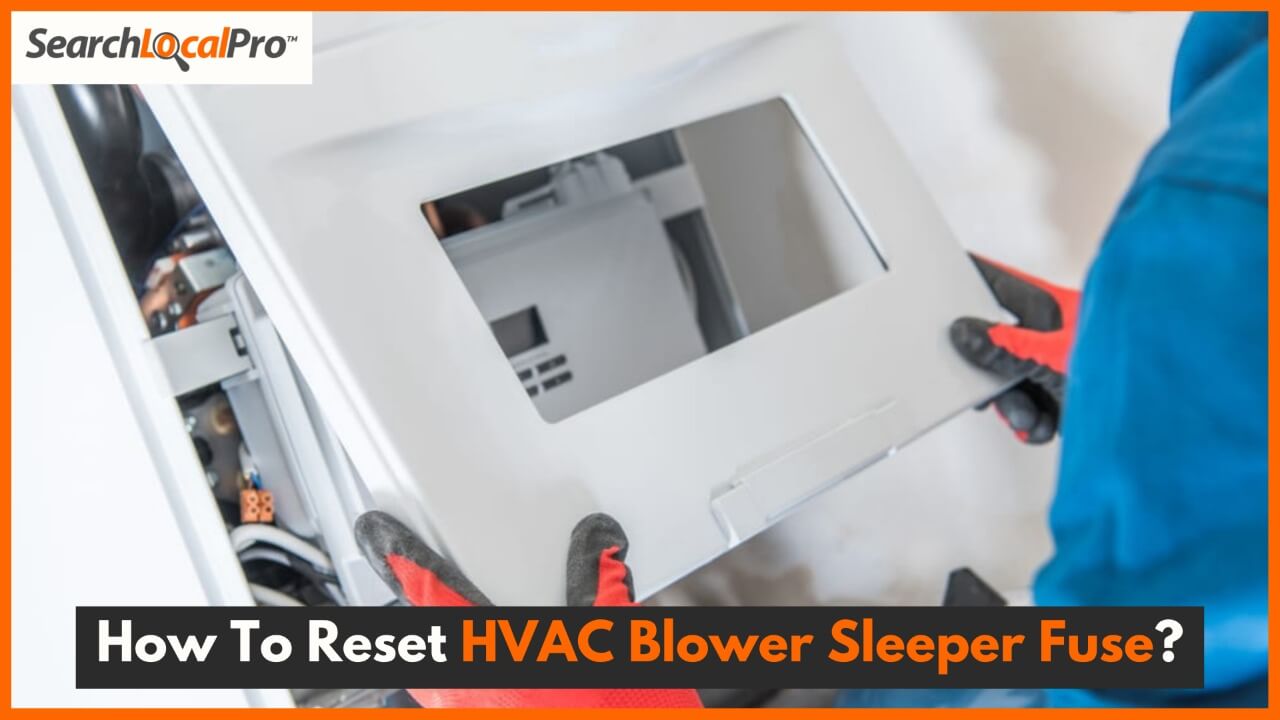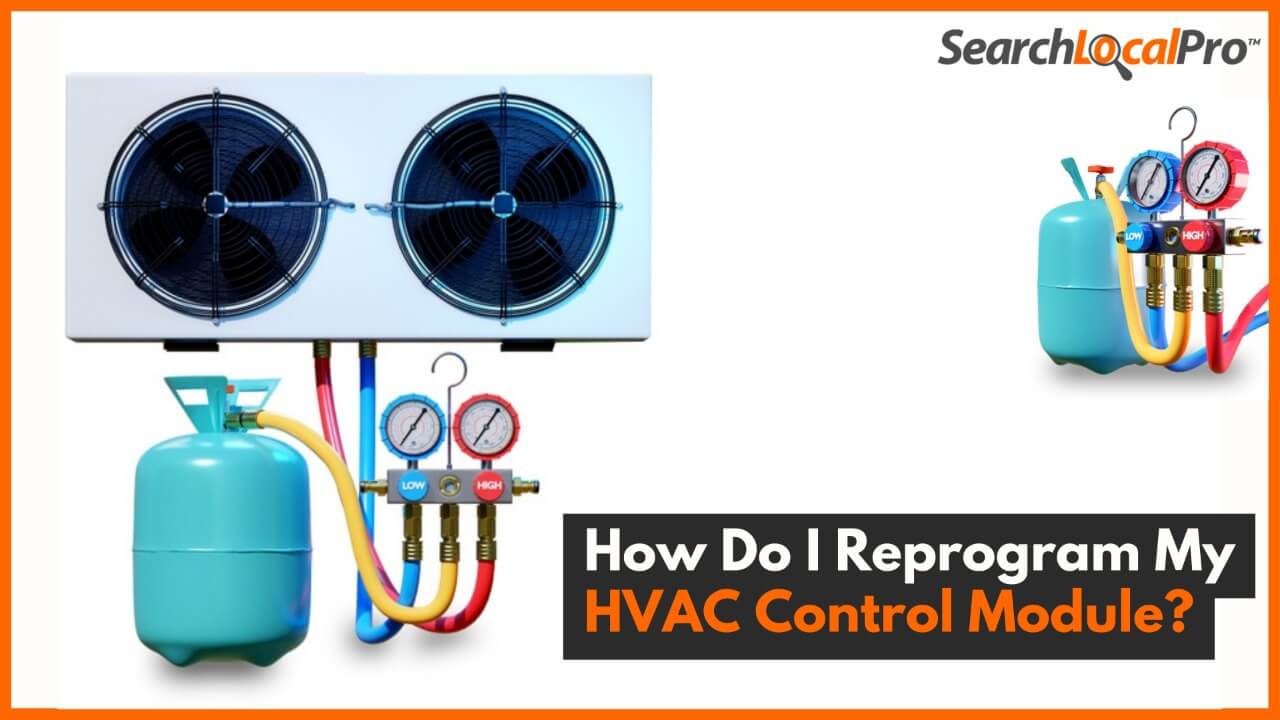Walk-in coolers are essential for businesses in the food and beverage industry. They ensure that perishable products remain fresh and safe for consumption. However, a common issue many businesses face is their walk-in cooler freezing up. This problem can lead to costly damages, product spoilage, and disruptions in operations.
In this guide, we’ll explore why your walk-in cooler might be freezing up, common causes, and practical solutions to prevent and fix the issue. Let’s dive in!
Common Causes of Walk-In Cooler Freeze-Up
1. Warm, Humid Air Infiltration
One of the leading causes of freeze-ups in walk-in coolers is the infiltration of warm, humid air. When the door is frequently opened or left ajar, outside air enters the cooler. The warm air condenses and freezes when it comes into contact with the cold surfaces inside.
Solution:
- Ensure doors are kept closed when not in use.
- Install automatic door closers or alarms.
2. Issues with the Evaporator Coil
The evaporator coil plays a vital role in maintaining your cooler’s temperature. If it gets dirty or blocked, it cannot function effectively. Ice buildup on the coil can restrict airflow, leading to a freeze-up.
Solution:
- Regularly clean and inspect the evaporator coil.
- Ensure there’s proper airflow around the coil.
3. Malfunctioning Fans on the Evaporator Coil
The fans in the evaporator coil circulate cold air throughout the cooler. If the fans are malfunctioning or running at reduced speed, the air circulation becomes uneven, causing ice to form in specific areas.
Solution:
- Check the fans regularly for proper operation.
- Replace any faulty fans promptly.
4. Defrost Timer Issues
Walk-in coolers are equipped with defrost timers to prevent ice buildup. If the defrost timer is malfunctioning or not set correctly, ice can accumulate over time.
Solution:
- Test the defrost timer periodically.
- Consult a professional for calibration or replacement if necessary.
The Impact of Freeze-Up Damage
1. Product Loss
When a walk-in cooler freezes up, the internal temperature fluctuates. This inconsistency can cause perishable items to spoil, resulting in financial losses.
2. Interior Panel Damage
Ice buildup can damage the interior panels and other structural components of the cooler. Over time, this can lead to costly repairs or replacements.
3. Compressor Strain
A frozen evaporator coil or ice buildup forces the compressor to work harder. This additional strain can lead to premature compressor failure and increased energy costs.
Get Commercial Refrigeration Services
Human Error and Misuse
1. Leaving Doors Open
Leaving the cooler doors open for extended periods allows warm air to enter. This increases humidity levels, contributing to ice buildup.
Solution:
- Train staff to minimize door-opening times.
- Use vinyl curtains to reduce air infiltration when the door is open.
2. Improper Product Placement
Blocking air vents with products can restrict airflow, causing uneven cooling and freeze-ups.
Solution:
- Keep vents clear and maintain proper airflow.
- Avoid stacking items directly against the walls or evaporator coil.
How to Prevent Walk-In Cooler Freeze-Up
1. Routine Checks
Conduct regular inspections of your walk-in cooler to identify potential issues early.
- Check for ice buildup on the evaporator coil.
- Inspect door seals for any gaps or damages.
2. Monitor for Early Signs
Keep an eye on warning signs such as unusual noises, inconsistent temperatures, or visible ice buildup.
Action:
Address these signs immediately to prevent a more severe freeze-up.
3. Install Vinyl Curtains
Vinyl curtains act as a barrier, minimizing warm air infiltration when the door is open.
Benefits:
- Reduces energy consumption.
- Prevents ice formation by maintaining stable internal temperatures.
4. Proactive Maintenance
Schedule regular maintenance with a professional HVAC technician. They can inspect and clean critical components such as the evaporator coil, fans, and defrost system.
Possible Freeze-Up Damage
1. Product Damage
When ice buildup causes inconsistent cooling, products stored in the cooler may freeze or spoil, leading to significant losses.
2. Paneling and Interior Component Damage
Excess ice can damage the cooler’s interior panels, gaskets, and seals. Repairing these components can be expensive.
3. Compressor Strain
A strained compressor not only increases energy bills but can also fail prematurely, requiring a costly replacement.
Conclusion
A walk-in cooler freezing up is more than just an inconvenience; it can lead to serious financial and operational challenges. By understanding the common causes and implementing preventive measures, you can ensure the longevity and efficiency of your cooler. Routine maintenance, proper usage, and early intervention are key to avoiding freeze-ups and the associated damages.
FAQs
1. Why is my walk-in cooler not keeping temp?
This could be due to issues such as a dirty evaporator coil, malfunctioning fans, or warm air infiltration. Regular maintenance and inspections can help resolve these problems.
2. How do you defrost a walk-in cooler?
Turn off the cooling system and let the ice melt naturally. Use a soft cloth to remove any residual water. Avoid using sharp objects to chip away the ice, as this can damage the cooler.
3. Why is my beverage cooler freezing up?
A beverage cooler may freeze up due to a faulty thermostat, restricted airflow, or ice buildup on the evaporator coil. Check for these issues and clean the coil regularly.
4. Why is my cool room freezing up?
Cool room freeze-ups often result from warm air infiltration, defrost timer issues, or dirty evaporator coils. Address these problems promptly to prevent further damage.




